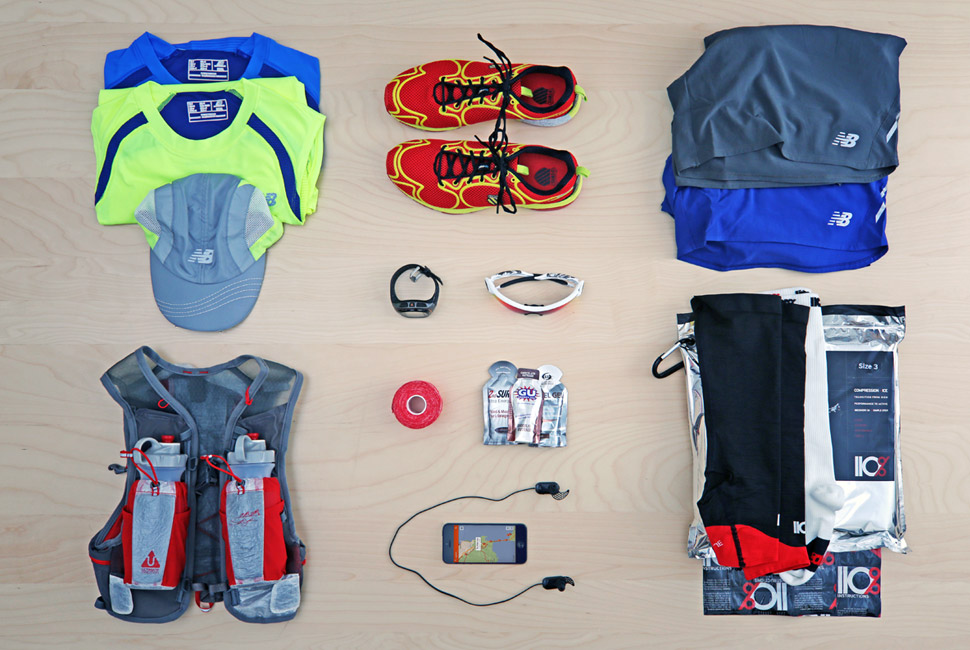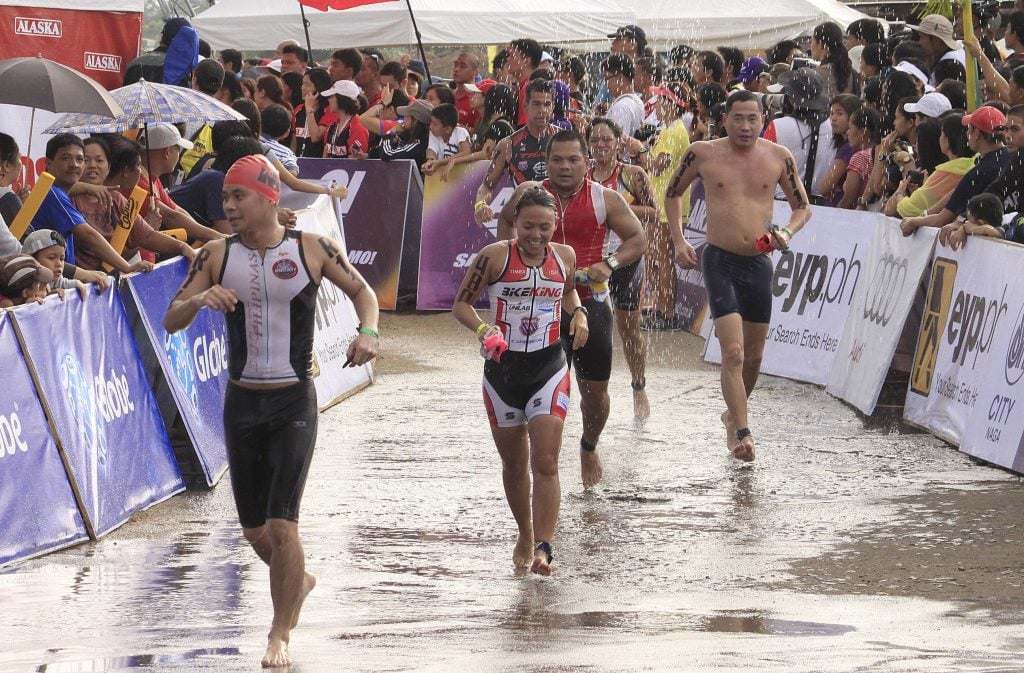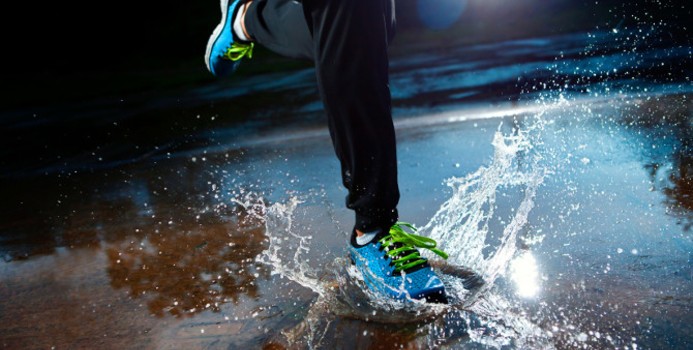Running in the rain can be fun and even therapeutic. If you’ve found the proper running plan for beginners, don’t let rain derail it.
Exercises to get faster at running often work better in the rain because of the added challenges. Running in the rain can function as overtraining for when you get back to dry runs. You could even try hill sprint workouts in the rain if you really want a challenge.
In this article, we’ve got everything you need to know on running the rain. We have tips on gear, running safety, and what to do after your run in the rain. Let’s get started!
Let’s Talk Gear
Gear becomes critically important when running in the rain. And it is important to know what you are shopping for when you select your gear. To begin, let’s go over a few key terms.
Water resistant gear will keep the moisture away for a while, but eventually the water will get through the fabric.
Waterproof or water repellant gear should keep you totally dry underneath. GORE-TEX technology is well known in this category. GORE-TEX guarantees that the water stays away, and it also keeps you insulated and holds warmth inside.
A favorite brand here at The Run Experience? Gore. The gear is lightweight and keeps you dry start to finish no matter if you’re running a 5K or an ultra marathon.
And for those of you who like to run with music on, the award-winning engineers at xFyro audio created the most advanced pair of waterproof earbuds on the market, bringing next-generation technology today’s active listener.
Let’s Get Specific
Head: A hat is helpful when running in the rain if for no other reason than it keeps the water out of your eyes. Finding a water resistant or waterproof hat is also helpful to stay light while you’re running, otherwise the moisture can weigh you down.
Neck: A buff is also helpful in the rain. There are lots of different ways you can wear it. Many runners prefer it around their neck to keep moisture away there. You can also wear it around your wrist, which is helpful if you need to wipe moisture away from your face or elsewhere; you have a ready-to-go wipe.
Shirt: If you’re running in cold weather, a base layer with merino wool is likely your best bet. It is moisture-wicking, but you’ll stay warm.
If you’re running in hot rain, find a light, breathable shirt that wicks moisture and won’t weigh you down once it gets wet. And adhere to your own preferences when it come to things like sleeve-length and style.

Jacket: This layer is arguably the most important layer when you’re running in the rain. It’s important to find a jacket for running that is light and waterproof, stretchy enough that it doesn’t interfere with your stride, and simple enough that it doesn’t interfere with your other gear. GORE-TEX will be a good option here.
Bottoms: If you have a favorite running bottom already, it’s most likely moisture-wicking. Check to make sure and you can probably stick to it in the rain. If you like to run in shorts, you may want to bring a buff with you to wipe your legs if need be.
Socks: Socks rival jacket for most important layer in your rain gear, because with rain often comes blisters.
Even if your shoes are getting wet, we want to keep moisture away from the skin. Socks with merino wool in them will be great here. Brands we love? Darn Tough, Balega, and Smart Wool.
Shoes: If the rest of your gear is working for you, there is no big need to change your running shoe for the rain if you already have a shoe you like. Having said that, there are waterproof running shoes out there, which might be a good option if your feet are hypersensitive to chafing or blisters.
Let’s Talk Safety
Visibility is bad in the rain. If it’s bad for you, it’s also bad for cars. Because of this, it is so important to make sure you are seen.
Bright colors, reflective gear, and lights are all good options. No need to re-do your wardrobe because of this.
Instead, invest in some good reflective bands to put overtop of your clothing, or a light handheld flashlight. Accessories can get the job done here if your clothes aren’t bright and reflective on their own.
Blinking bands for your shoes and headlamps are also popular among runners.

Something else to consider: roads get slippery. This one may not seem obvious, but it’s important. Roads and particularly the paint on them get quite slippery when it rains, and you’ll want to slow down on turns.
No need to alter your overall run strategy, but pace yourself accordingly as you navigate turns on pavement in the rain.
Lastly, it’s a good idea to bring your phone when it’s raining, just in case anything happens. An easy way to protect it is simply to put your phone in a Ziploc or insulated bag. If you run with corded headphones, slip the cord through a small unzipped part of the bag.
Otherwise, zip up the bag, and either hold it or throw it in a pocket somewhere on your gear, and your phone will be safe from the rain and available if you need it.
Let’s Talk Post-Run in the Rain
After your run in the rain, you may need to take some extra steps to dry your shoes. A good trick: take the insole out of your running shoe and stuff the inside of the shoe with newspaper or something that can absorb the water.
Place the shoes upright against a wall overnight with the newspaper in them, and they should be pretty dry by morning.
Most running shoes are machine-washable, so feel free to throw muddy shoes in the wash, and let them air dry afterwards.
Also, don’t forget to hydrate. Often times because we are already wet on a run in the rain, we do not drink enough water while running.
Know this ahead of time, and keep track. If you don’t hit your hydration goals, be sure to drink more than normal after your run.
And there we have it. Stay dry out there!


